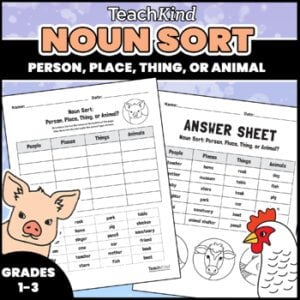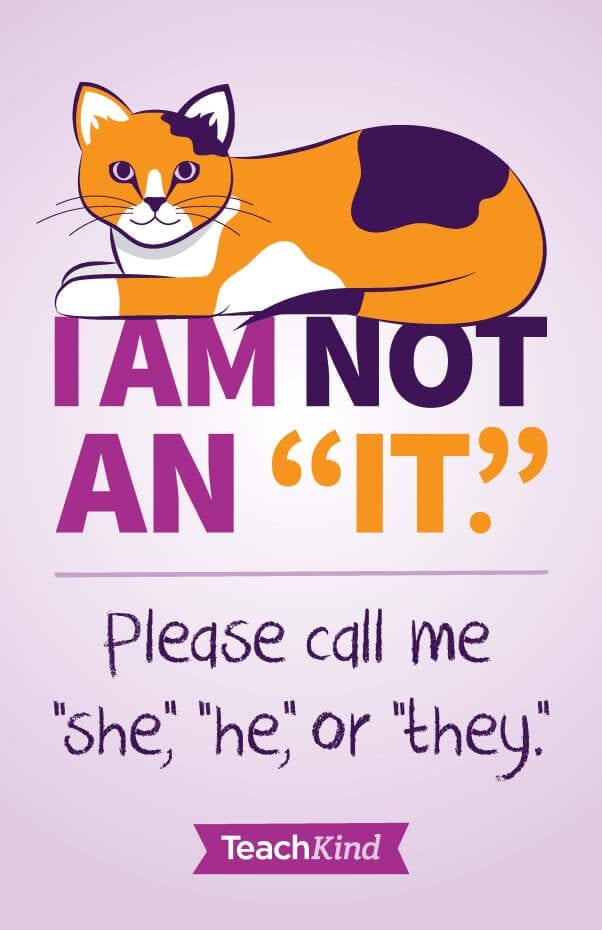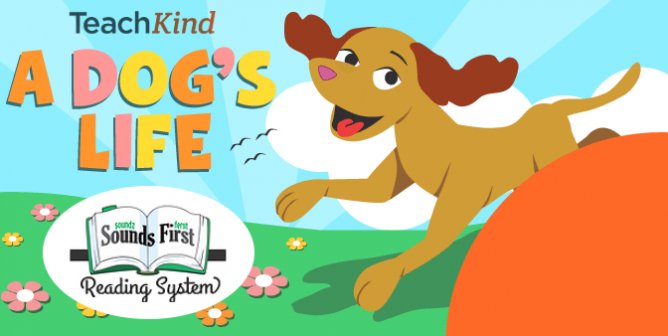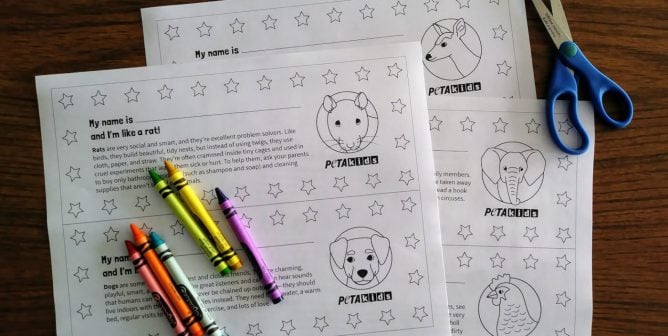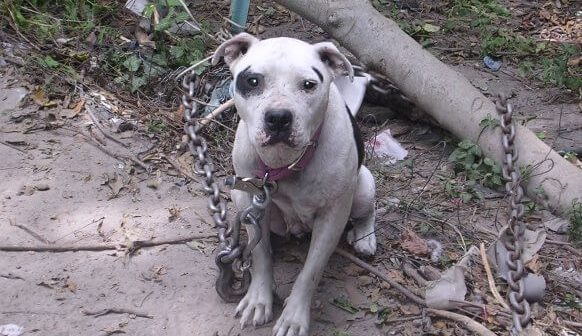Nouns: Animals Don’t Belong in the ‘Thing’ Category
What’s Wrong With Teaching Students That Animals Are ‘Things’?
Most of us grew up learning that a noun is a person, place, or thing. But, wait—what category do we put animals in? If we classify them as “things,” we’re perpetuating the idea that they’re inanimate objects, no different from tables and chairs. But tables and chairs don’t experience life-or-death consequences if you tire of them and return them to the store. They also don’t feel pain or need food and water, as animals do.
Our standards regarding the acceptable treatment of others are conveyed through our language. If we categorize animals as “things,” we’re saying that they’re nothing more than inanimate objects—and that opens the door to harsh or negligent treatment as if they weren’t capable of suffering.
Our nation is experiencing an epidemic of bullying—the vulnerable are targets of aggressive behavior, and language is often used to demean and belittle those considered “other,” especially those who are seen as weak or different. Educators should use every opportunity to foster empathy for all “others,” including animals.
How Can Teaching Students About Nouns Foster Compassion?
Many compassionate educators have recognized the problems inherent in traditional grammar lessons and are teaching their students that a noun is a person, place, thing, or animal.
Use these grammar posters to integrate a humane theme into your instruction and help your students remember that animals are living beings—not objects.
Check out TeachKind’s “Noun Sort: Person, Place, Thing, or Animal” worksheet, which is geared toward grades K–2 and great for English-language learners! You can download this worksheet for free on our TPT site.
You can also read Buddy Unchained to your class. It’s the story of a dog who’s left chained outside without access to clean water or food. But his sad time in the backyard ends when he’s rescued and adopted into a loving home. You could discuss the way Buddy was treated at the beginning of the story—like a “thing,” an unwanted table or chair put out in the backyard and forgotten—and compare it with how he was loved and respected in his new home. Countless dogs like Buddy endure neglect and abuse but aren’t fortunate enough to be rescued. It’s important for children to learn that animals are living, feeling individuals, not things, and that we have a responsibility to take good care of them.
A great way to reinforce this concept is by using an “it” jar in your classroom. Keep it lighthearted, so that students don’t feel as if they’re being singled out for doing something bad. Assign an “it” patrol monitor as a class job, and turn the ongoing lesson into a game to improve students’ language skills. At the end of the year, donate the money from the jar to your local open-admission animal shelter.
You can also give rewards to students who find an animal referred to as “it” when they’re reading. Make sure they understand that the better way to refer to them is by using their names or personal pronouns, like “he” or “she.” Let your students know that the way we refer to animals matters and that they have the power to influence people to make positive changes in their language.
Note: PETA believes that every animal is someone, not something, and rightfully belongs in the “person” category. However, for the purposes of teaching young students about nouns, adding a new category for animals is a practical solution.
Looking for more ways to encourage your students to see animals as the individuals they are rather than things? TeachKind has you covered with our “I Am Not an ‘It’” poster!
